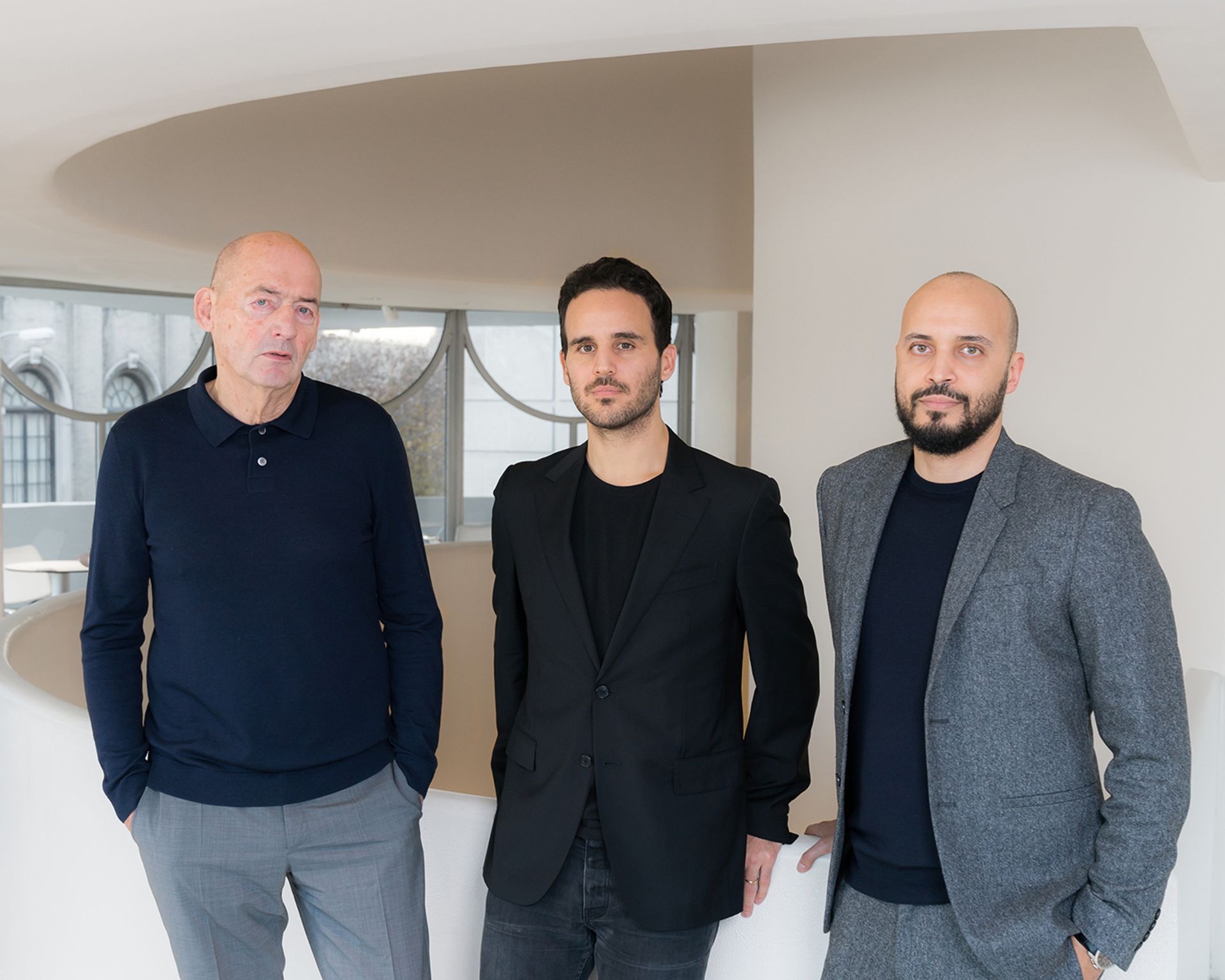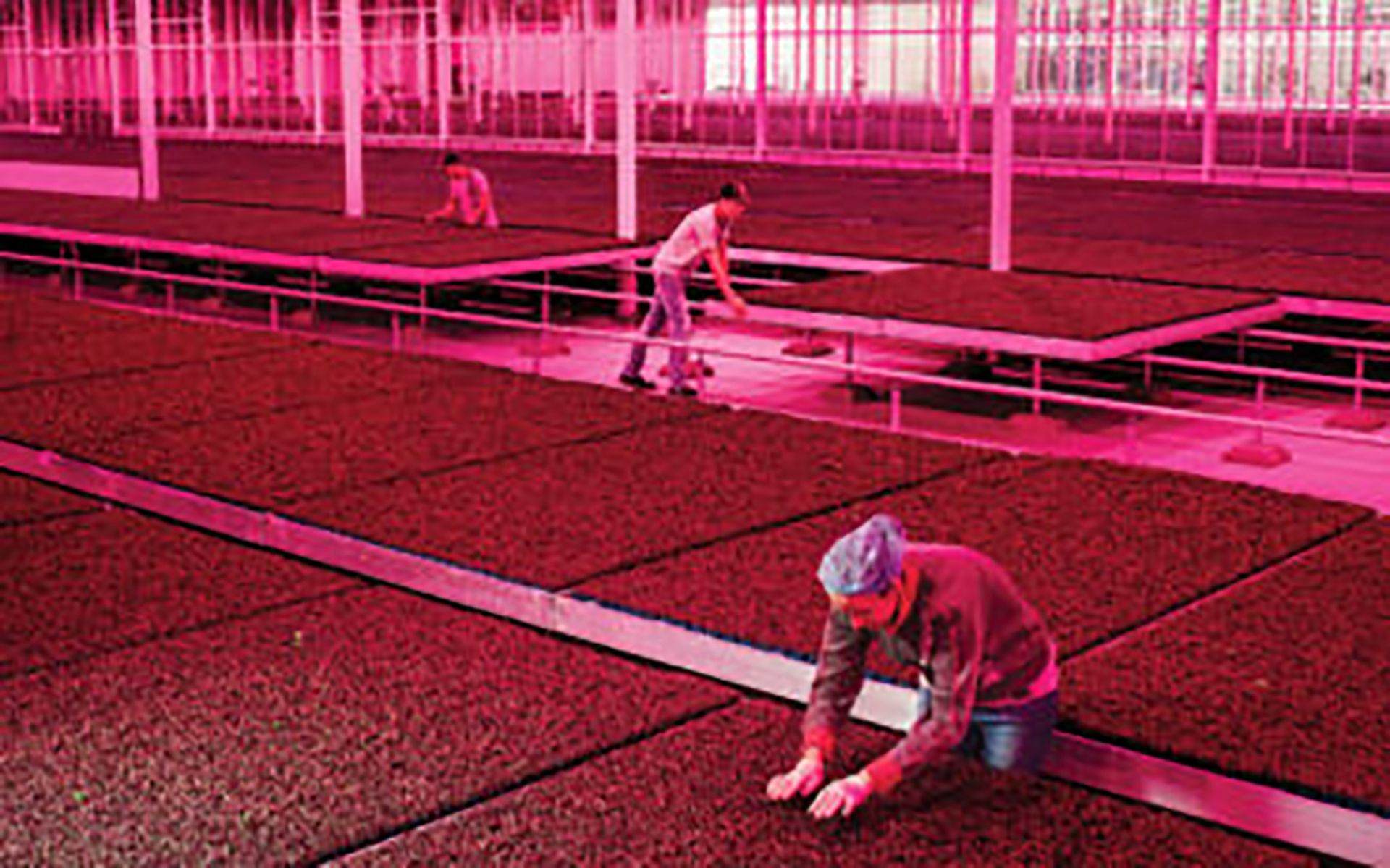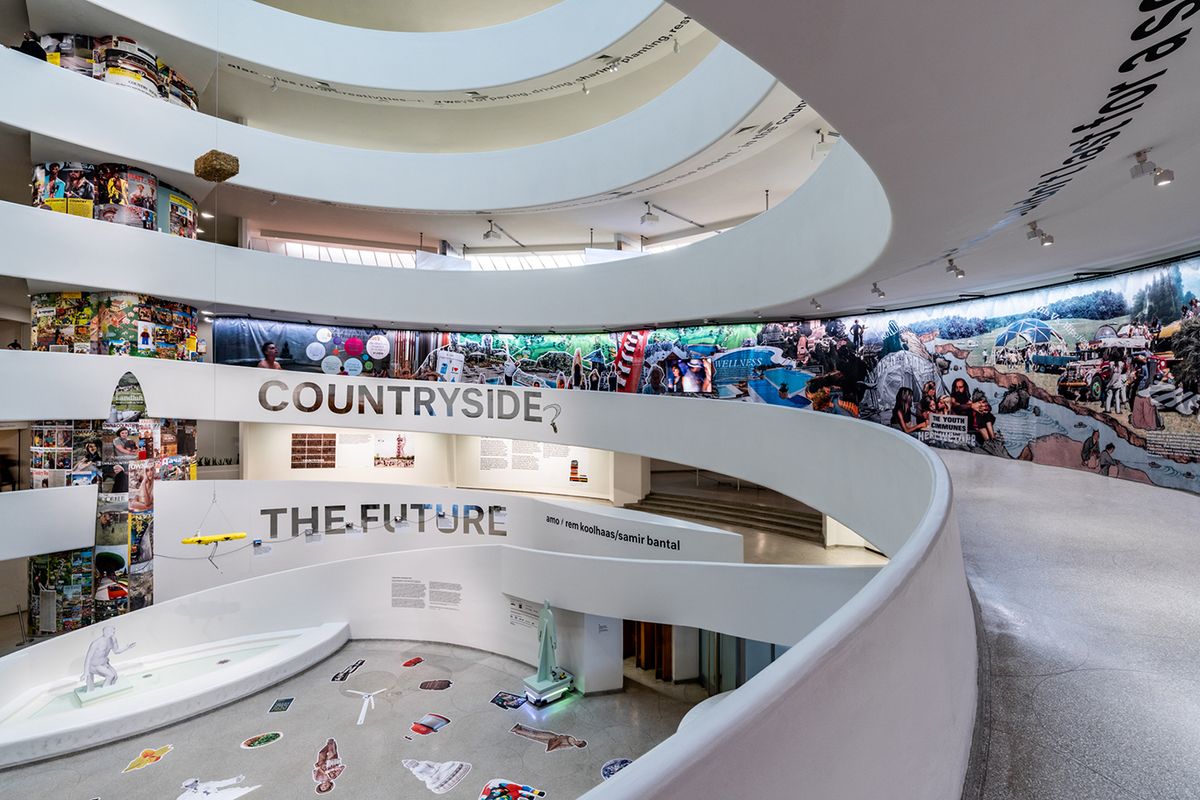By any standard, the exhibition that the Solomon R. Guggenheim Museum has organised with the architect Rem Koolhaas is unusual. That is quickly brought home by the colossal object confronting visitors at the entrance to the New York museum: a 35,000-pound super-high-tech tractor, accompanied by a module in which 50,000 pounds of tomatoes will be grown during the course of the show.
In a first for the Guggenheim, the museum is presenting an exhibition that has nothing to do with art or architecture. Titled Countryside, The Future, the show aims to focus attention on the 98% of the earth’s surface that is nonurban, and to question the planet’s galloping embrace of cities.
In 2007, the United Nations estimated that half of the world’s population lived in cities, and projected that this figure would climb to between 70% and 80% by 2050. “Are we really heading for this absurd outcome, where the vast majority of humanity lives on only 2% of the Earth’s surface, and the remaining 98%, inhabited by only one-fifth of humanity, exists to serve cities?” the opening text panel in the exhibition asks.
Through additional texts, murals, photographs, videos and graphic presentations relying on the research of a phalanx of collaborators, the show details a series of case studies while mapping out the history of ideas about the countryside, from Marie Antoinette’s rambles through the faux hamlet she created at Versailles to the wellness movement of today.
In some instances, the current case studies offer fresh rays of hope for humanity’s future in rural areas.
“I see a spontaneous shift, partly thanks to new and very common technologies, that make apparent that the countryside is a more pleasant background to spend your life in,” Koolhaas tells The Art Newspaper. “At this moment cities are not that great. They’re incredibly congested, incredibly expensive, incredibly polluted. I think their appeal is seriously waning.”
“I began to realise that the countryside was being systematically neglected,” he adds. “And it’s something that I hope to correct with this show.”
The Dutch architect cites an opinion poll conducted in Kenya that indicated that 60% of young people wanted to spend their careers in rural areas if at all possible. At the same time, he notes, technologies like the money transfer service M-Pesa enable rural inhabitants to conduct their business in remote areas on their mobile phones without ever walking physically into a bank. With the advent of new technologies, “Africa of course like any latecomer has the potential to avoid the mistakes of all its predecessors,” Koolhaas says.

From left, the architect Rem Koolhaas; Troy Conrad Therrien, curator of architecture and digital initiatives at the Solomon R. Guggenheim Museum; Samir Bantal, director of AMO, the think tank at the Office for Metropolitan Architecture in Rotterdam Kristopher McKay/© Solomon R. Guggenheim Foundation, 2019
The show also addresses the global flow of refugees, noting that they need not invariably end up migrating to urban population centres. Troy Conrad Therrien, the Guggenheim’s curator of architecture and digital initiatives, points to the example of Manheim, a western German village whose ageing residents had to decamp to a new town to make way for the expansion of a coal mine intended to compensate for the country’s abandonment of nuclear power plants.
Refugees arriving from Iraq, Syria and Iran gradually moved into the abandoned houses pending the mine expansion, Therrien says; soon they were intersecting with climate activists who trekked to the village to protest the embrace of emissions-heavy coal energy. “And before long they were interacting with people in the new town,” says Therrien, who organised the exhibition in collaboration with Koolhaas and Samir Bantal, the director of AMO, the think tank attached to Koolhaas’s Office for Metropolitan Architecture in Rotterdam.

A greenhouse in the Netherlands in which farmers toil by night under pink light intended to optimise growing conditions Pieternel van Velden
Climate change emerges as a theme in the exhibition. The show documents how the thawing of permafrost in central Siberia is releasing ever greater amounts of methane, for example, with potentially dire consequences for global temperatures. Therrien notes that a pair of father-son geneticists are fancifully researching the resurrection of the prehistoric mammoth with the notion that it could tromp on the permafrost and keep the methane tamped down. Food security is a pressing theme as well, with displays like the tomato-growing module outside the museum and photographs of Dutch farmers toiling by night in greenhouses suffused with pink light to assure optimal growing conditions for food exported across the world. (The presentations have their quixotic moments, such as the display of a hydraulic system kit that could be strapped to the body of an ageing farmer to help him more easily bend and rise in the fields.)
The ultimate goal of the exhibition, of course, is to start myriad conversations about the future of rural areas, long overlooked in a society riveted by the relentless march of humanity into cities. Asked if he found it paradoxical that the show is staged on the spiralling ramps of Frank Lloyd Wright’s Guggenheim rotunda, firmly planted in the dense urban fabric of Manhattan, Koolhaas says he found it only natural.
“The logic is that this is the epicenter of Western culture, and the epicenter in many ways of the media landscape,” Koolhaas says. “So if you want to get a subject on the agenda of if you want to change the agenda, this is the par excellence place to launch it.”
“Frank Lloyd Wright is a kind of genius tool for anyone in the position of wanting to release a narrative,” he adds. “The building unspools in a way that helps you convey any narrative.”
• Countryside, The Future, Solomon R. Guggenheim Museum, New York, 20 February–14 August


